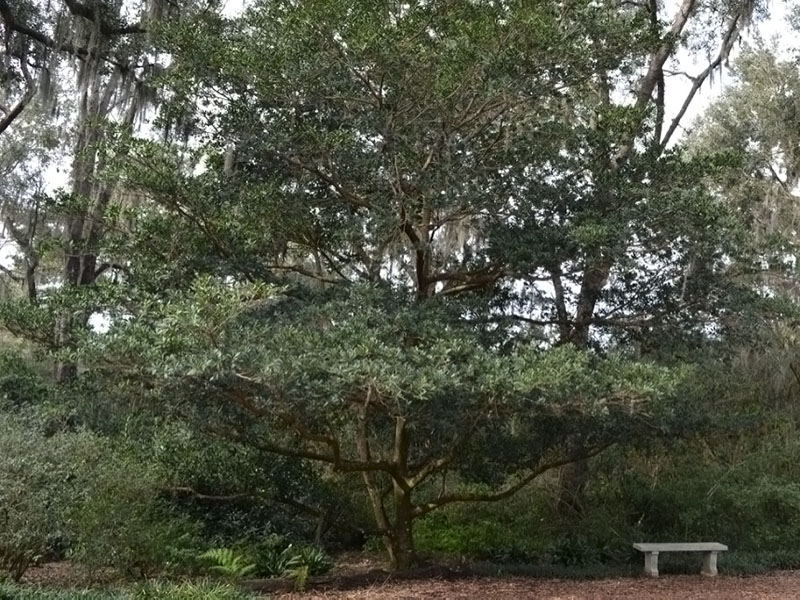
Woody > Elaeocarpus > Elaeocarpus decipiens > Elaeocarpus decipiens
Elaeocarpus decipiens
Japanese Blueberry Tree
Origin: China in Fujian, Guangdong, Guangxi, Guizhou, Hunan, Jiangxi, Yunnan, Zhejiang provinces. Also found in Japan, Vietnam and Taiwan.
| Family |
| Elaeocarpaceae |
| Genus |
| Elaeocarpus |
| Species |
| decipiens |
| Category |
| Woody |
| Type |
| Tree (evergreen) |
| USDA Hardiness Zone |
| 8b - 11a |
| Canadian Hardiness Zone |
| 4 - 9 |
| RHS Hardiness Zone |
| H7 |
| Temperature (°C) |
| -9 |
| Temperature (°F) |
| 20 |
| Height |
| 12 - 18 m |
| Spread |
| 6- 9 m |
Photographs
Description and Growing Information
Flowering Period
| General Description |
| A small tree or large hedge with glossy, dark green leaves. |
| Landscape |
| Used as hedges, tall screens, street trees or as a backdrop. |
| Cultivation |
| Prefers rich, well-drained soil with a pH of 6 - 7. It tolerates a wide variety of media and prefers full sun, but can survive in partial shade. |
| Shape |
| Dense, upright oval/columnar. |
| Growth |
| Slow |
| ID Characteristic |
| Long, narrow, pointed dark green leaves that emerge a bronze colour. |
| Habitat |
| Sub-tropical coasts. |
| Bark/Stem Description |
| Mature bark is smooth and dark grey to brown with prominent, raised tan and brown lenticels. New growth emerges as a bright green. |
| Flower/Leaf Bud Description |
| ​Buds are small, ovoid, green and about 1.6 mm or less in length. |
| Leaf Description |
| Leaves are arranged alternately. They are a lustrous dark green and measure 7 - 12 cm long and about 2.5 cm wide. They have a long, narrow obovate shape. They are simple, pointed, with crenate leaf margins and have a leathery texture. New leaves emerge a rust colour and are hairy, while older leaves turn an orange to bright red before they fall. |
| Flower Description |
| Small flowers white to cream in colour and occur in dangling, urn-shaped racemes. They have 5 petals, are usually hidden within the foliage and are particularly fragrant in large numbers. |
| Fruit Description |
| Small, royal blue to black in colour, measure about 3.5 to 7 cm in length. They form in drupes and resemble olives. |
| Texture Description |
| Medium. |
| Propagation |
| Propagation by soft wood cuttings or seed. |
| Ethnobotanical Uses (Disclaimer) |
| The seed of the berries have been used in the Hindu culture as prayer beads. |
